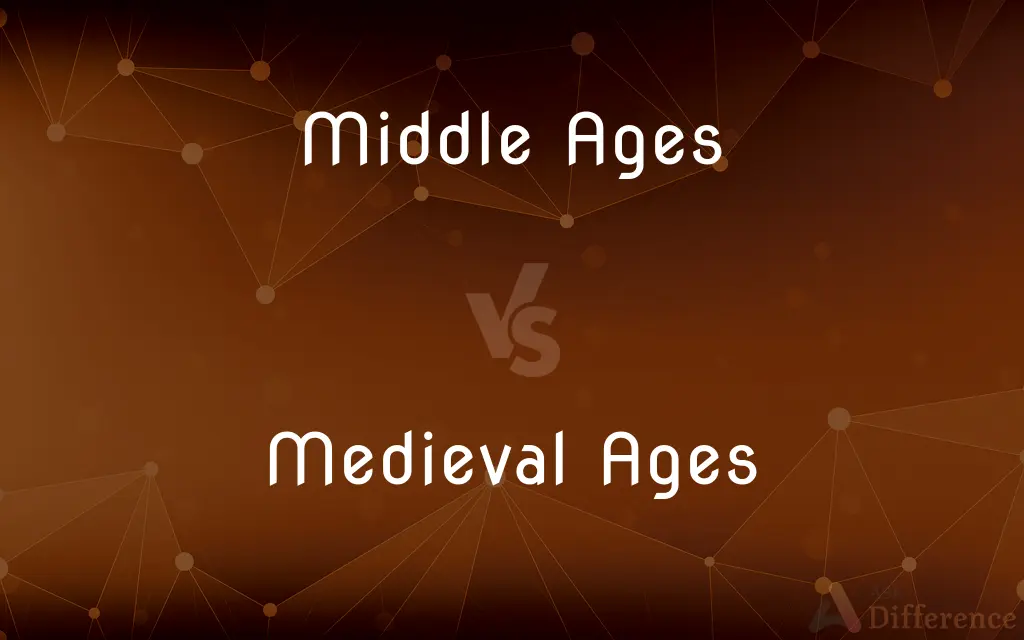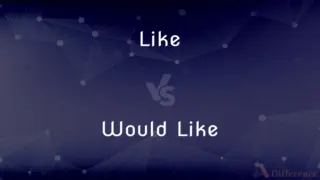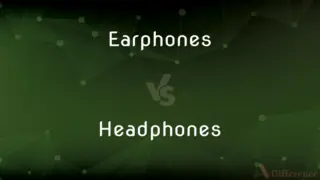Middle Ages vs. Medieval Ages — What's the Difference?
Edited by Tayyaba Rehman — By Maham Liaqat — Published on February 20, 2024
Middle Ages and Medieval Ages refer to the same historical period, roughly from the 5th to the late 15th century, characterized by feudalism, the rise of Christianity, and the Crusades.

Difference Between Middle Ages and Medieval Ages
Table of Contents
ADVERTISEMENT
Key Differences
The terms "Middle Ages" and "Medieval Ages" both describe the period in European history from the fall of the Western Roman Empire in the 5th century to the beginning of the Renaissance in the late 15th century. This era is marked by significant social, cultural, and political changes, including the spread of Christianity, the establishment of feudalism, and the occurrence of the Crusades. There is no distinction between the two terms; "Medieval" is derived from the Latin "medium aevum," meaning "the middle ages," and thus, they are often used interchangeably.
The Middle Ages is typically divided into three sub-periods: the Early Middle Ages (c. 500–1000 AD), the High Middle Ages (c. 1000–1300 AD), and the Late Middle Ages (c. 1300–1500 AD). Each period witnessed various developments, such as the Carolingian Renaissance during the early Middle Ages, significant agricultural and economic growth in the High Middle Ages, and the devastation of the Black Death in the Late Middle Ages.
The Medieval Ages, or Middle Ages, saw the rise of monasticism, the power of the Catholic Church reaching its zenith, and the emergence of the university as a center for learning. The era also experienced significant architectural advancements, including the construction of Gothic cathedrals. The period was characterized by a feudal system where land was exchanged for military service, and society was structured around a strict hierarchical system.
Despite the common misconception of the Middle Ages as a "dark" period lacking cultural and scientific advancement, recent scholarship has highlighted the era's complexity and achievements. The terms "Middle Ages" and "Medieval Ages" encapsulate a period of profound transformation that laid the foundation for modern European civilization.
In essence, the Middle Ages and the Medieval Ages refer to the same historical timeframe, with no difference between them beyond linguistic preference. The choice between using "Middle Ages" or "Medieval Ages" often comes down to stylistic preference or the context in which they are used, with both terms equally valid in academic and general discourse.
ADVERTISEMENT
Compare with Definitions
Middle Ages
The age of the first universities in Europe.
The University of Bologna, founded in the Middle Ages, is the oldest in the world.
Medieval Ages
Time when castles and fortified cities were common.
Castles built in the Medieval Ages were both defensive structures and symbols of power.
Middle Ages
Era marked by the rise of knights and chivalry.
Knights followed a code of chivalry in the Middle Ages.
Medieval Ages
Age of early scientific thought and exploration.
Medieval Ages scholars made contributions to mathematics and astronomy.
Middle Ages
Period of architectural innovations like Gothic cathedrals.
Gothic cathedrals from the Middle Ages still stand today.
Medieval Ages
The era of significant developments in art and literature.
Medieval Ages literature includes epic poems like 'The Song of Roland.'
Middle Ages
Time of significant religious influence across Europe.
During the Middle Ages, the Catholic Church became a powerful entity.
Medieval Ages
Historical period known for the feudal system and manorialism.
The Medieval Ages saw the spread of the feudal system throughout Europe.
Middle Ages
A period between ancient and modern times in European history.
The Middle Ages were characterized by the feudal system.
Medieval Ages
Period noted for the Crusades to the Holy Land.
The Crusades were a series of religious wars in the Medieval Ages.
Common Curiosities
Are the Middle Ages and Medieval Ages the same?
Yes, they refer to the same historical period.
What marks the beginning of the Middle Ages?
The fall of the Western Roman Empire around 476 AD.
When did the Middle Ages end?
With the start of the Renaissance in the late 15th century.
How was education during the Middle Ages?
Initially limited but expanded with the founding of universities.
What kind of government existed in the Middle Ages?
Primarily feudal monarchies with power vested in kings and nobles.
What was society like in the Middle Ages?
Structured around a feudal system with a rigid hierarchy.
How did the Medieval Ages influence modern Europe?
It laid the foundational structures for modern political, educational, and cultural institutions.
How important was religion in the Medieval Ages?
Extremely, with the Catholic Church influencing many aspects of life.
What were some major events of the Middle Ages?
The Crusades, the Black Death, and the Hundred Years' War.
What was art like in the Middle Ages?
It ranged from religious iconography to detailed tapestries and Gothic architecture.
Did science advance in the Medieval Ages?
Yes, there were significant advances in various fields, including astronomy.
Were the Middle Ages truly a "dark" period?
This view has been revised; the era saw considerable cultural and scientific progress.
What role did knights play in the Middle Ages?
Knights were warrior-aristocrats with a code of chivalry.
Did trade flourish in the Middle Ages?
Yes, especially in the later Middle Ages, leading to the rise of wealthy merchant classes.
What languages were spoken in the Medieval Ages?
Latin was the language of the church and education, but various vernacular languages flourished as well.
Share Your Discovery

Previous Comparison
Like vs. Would Like
Next Comparison
Earphones vs. HeadphonesAuthor Spotlight
Written by
Maham LiaqatEdited by
Tayyaba RehmanTayyaba Rehman is a distinguished writer, currently serving as a primary contributor to askdifference.com. As a researcher in semantics and etymology, Tayyaba's passion for the complexity of languages and their distinctions has found a perfect home on the platform. Tayyaba delves into the intricacies of language, distinguishing between commonly confused words and phrases, thereby providing clarity for readers worldwide.
















































